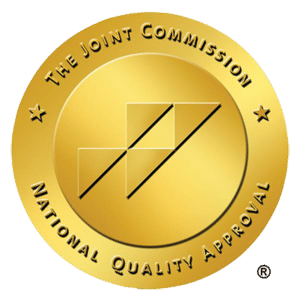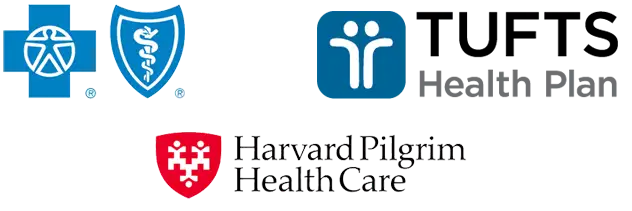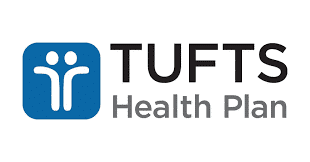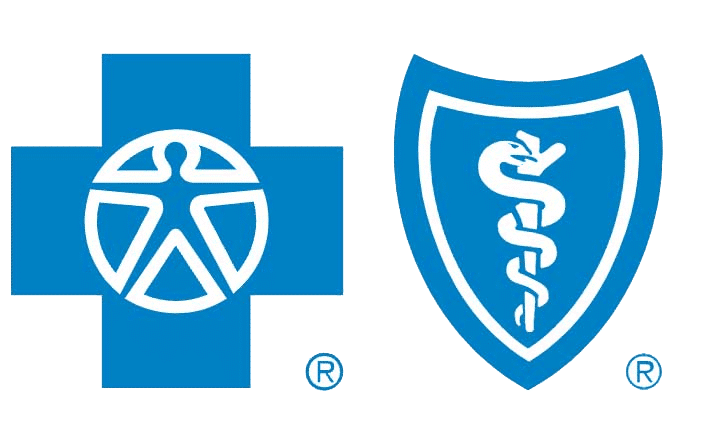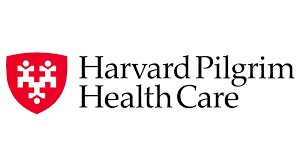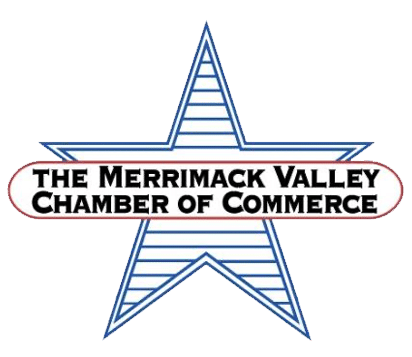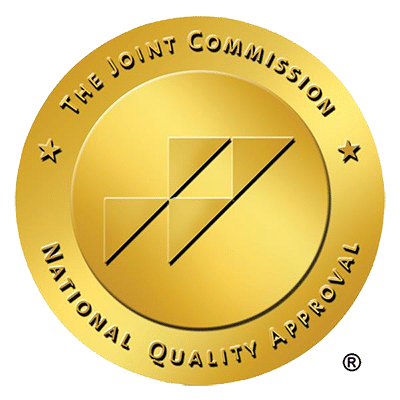If you’re trying to learn how to help someone with opioid addiction, immediate and informed action is essential. This article outlines practical steps, from recognizing the early signs to discussing intervention, ensuring you have the knowledge to make a difference. Without overwhelming you with jargon, we offer compassionate, actionable guidance to navigate this challenging time.
Key Takeaways
- Opioid addiction is a complex condition involving physiological changes, genetic predispositions, and environmental factors, leading to an urgent need for the drug and higher dosages over time.
- Effective support for someone with opioid addiction includes recognizing abuse signs, initiating empathetic conversations, and considering professional interventions to encourage treatment seeking.
- Treatment for opioid addiction involves personalized pathways that may include medication-assisted treatment (MAT), various therapy forms, customized outpatient programs, and ongoing support for long-term recovery and relapse prevention.
Understanding Opioid Addiction
Opioid addiction is both insidious and profound in its grasp. Opioids, once heralded as a panacea for chronic pain, bind themselves to the brain’s opioid receptors, unleashing a torrent of endorphins that not only quell pain but elicit a powerful sensation of pleasure. Such fleeting euphoria often gives way to relentless cravings, initiating a dependency cycle that can capture even unsuspecting individuals.
However, what starts as an escape from pain can rapidly morph into a need-based prison. The brain, deceived into believing the presence of opioids is critical for survival, can spiral into a state of addiction, compelling the user to seek the drug with increasing urgency and often in greater doses. This relentless pursuit is fueled by a physiological change that occurs with even the first dose, illustrating the formidable potential for addiction.
Genetic predispositions and environmental factors further complicate the landscape of drug addiction, making the journey out of addiction as intricate as the pathways that led there.
Recognizing the Signs of Opioid Abuse
The battle against opioid addiction is often fought in the trenches of daily life, where signs of drug abuse, such as substance misuse, may emerge subtly but with devastating impact. A loved one’s descent into disorder opioid abuse might be marked by a constellation of opioid withdrawal symptoms such as restless agitation, profuse sweating, or unexplained gastrointestinal distress when the drugs are absent. These physiological changes are often accompanied by a noticeable deterioration in personal care and the emergence of social withdrawal or financial strain, signaling a possible underlying struggle with opioid use and the need to relieve withdrawal symptoms.
Identification of these signs is crucial. As tolerance to the substance builds, the individual may increase their dosage, chasing the elusive high that once came so readily or desperately seeking to stave off withdrawal’s gnawing embrace. It is within these incremental changes that the specter of addiction reveals itself, necessitating a delicate yet decisive response from those who bear witness to this transformation.
Starting the Conversation
The challenging journey to confront a loved one’s opioid use commences with a conversation, which is as much about listening as it is about speaking. Before initiating this delicate dialogue, one must equip oneself with the knowledge and understanding of opioid addiction. This foundational step ensures that the ensuing exchange is rooted in empathy and insight, setting the stage for a constructive and supportive interaction.
It’s about finding the right words to bridge the gap between concern and support, paving the way for the possibility of positive change.
Intervention and Support Options
When verbal persuasion fails to lean towards recovery, it could be time to contemplate a structured intervention. Topsail’s professional intervention services employ the expertise of licensed addiction specialists, who can help orchestrate a formal intervention that is both compassionate and strategic. The presence of an addiction professional not only lends gravity to the situation but can also serve to maintain focus and enhance the chances of the individual agreeing to seek treatment.
An intervention is a carefully choreographed moment of truth, assembled with a select team and a clear treatment plan, ready to be enacted if the individual consents. However, if the individual resists the offered help, it’s vital for the intervention participants to be ready to implement the established consequences, thus reinforcing the seriousness of the situation and the need for change.
Treatment Pathways for Opioid Addiction
In the realm of addiction, multiple paths to recovery exist, each customized to suit the individual’s needs and the unique nuances of their addiction. Topsail’s commitment to personalized care extends to its treatment programs, ensuring that each individual’s medical history, personality, and recovery goals are factored into their outpatient rehab experience. The path to healing from opioid use disorder can manifest in various ways, including:
- Medication-assisted treatment
- Residential programs
- Intensive outpatient programs
- Counseling and therapy
- Support groups
All of these options are aimed at aiding the individual’s recovery process.
Medication-assisted treatment (MAT) stands as a cornerstone in the edifice of opioid addiction treatment, combining FDA-approved medications with counseling and behavioral therapies to deliver a comprehensive approach to treat opioid use disorder. The duration of MAT is not set in stone; rather, it evolves according to each person’s unique journey, acknowledging the chronic nature of opioid use disorder for some. The goal is to equip individuals with the tools and support they need to reclaim control over their lives and health.
Medication-Assisted Recovery
Medication-assisted treatment (MAT) provides a lifeline for those ensnared by the relentless pull of opioid addiction. Medications such as methadone, buprenorphine, and naltrexone function as the pharmacological anchors of MAT, each playing a unique role in mitigating withdrawal symptoms and quelling the cravings that so often derail recovery efforts. Methadone and buprenorphine, by partially activating opioid receptors, offer a controlled release from addiction’s grip, without propelling the user into the highs and lows that accompany opioid use. As a vital component of addiction medicine, MAT has proven to be an effective drug treatment approach in the battle against opioid addiction.
The selection and length of MAT are highly personalized, and some individuals might require long-term or even indefinite treatment for effective management of their opioid use disorder. These medications, which include buprenorphine’s sublingual tablets and films, fall under the coverage of various health insurance programs, such as Medicare and Medicaid, assuring accessible treatment for those eager to break free from addiction’s grip.
Therapy and Counseling
Beyond the biological underpinnings of addiction lies a complex web of psychological and social factors that therapy and counseling aim to untangle. Individual therapy explores the personal and social challenges that might have led to the substance use disorder, providing a platform for introspection and resolution. In these therapeutic settings, individuals are empowered to craft and hone coping strategies, building resilience against the triggers that once led them to seek solace in opioids and engage in substance abuse.
Through counseling, individuals learn to navigate the intricacies of their emotions and relationships, reinforcing the psychological scaffolding that is essential for long-term recovery. This element of treatment becomes a crucible for transformation, where the lessons learned become the bulwarks against the possibility of relapse.
Customized Outpatient Programs
Topsail’s customized outpatient programs embody the belief that there is no one-size-fits-all solution to opioid addiction. Each treatment plan is intricately designed to align with the unique facets of the individual’s character and history. These outpatient programs offer a versatile and adaptable framework for recovery, accommodating the ebb and flow of daily life while providing a consistent foundation of support.
The customization extends to every element of the program, from the selection of therapeutic modalities to the pace of progress, ensuring that each step forward is taken with firm footing. In this tailored approach, individuals find a treatment experience that resonates with their personal journey, fostering a sense of ownership and engagement that is critical for a successful recovery.
Want to Learn More about Opioid Addiction?
Our addiction recovery team is here 24/7 to answer your questions or to get you help.
Emergency Response: Handling Overdoses
In the grip of opioid addiction, the threat of an overdose is ever-present, and a swift, effective response can be the difference between life and death. Recognizing the harbingers of an opioid overdose—labored breathing, constricted pupils, unresponsiveness, or a body gone limp—can galvanize those present into life-saving action. Naloxone stands out as a ray of hope in these critical moments, a medication capable of quickly reversing an overdose’s effects if timely administered.
Available as a nasal spray, auto-injection, or injectable, naloxone acts as an antagonist to opioids, blocking their effects on the brain and offering a critical window for medical intervention. As a cornerstone of the public health response to the opioid crisis, naloxone has saved countless lives, underscoring the importance of being prepared to act in an emergency.
Long-Term Recovery and Relapse Prevention
A lasting recovery from opioid addiction is more of a marathon than a sprint, necessitating a diverse approach that integrates medication, therapy, and consistent support from family and community. Support groups and 12-step programs offer a communal space where shared experiences and collective wisdom fortify the individual’s resolve. SAMHSA’s National Helpline and similar resources provide invaluable guidance for those charting a course through the turbulent waters of recovery.
The family unit, in particular, can become a powerful ally in the battle against addiction. By providing a consistent presence and encouragement, family members contribute significantly to the recovery process, helping their loved ones navigate the complexities of treatment and the challenges of life post-addiction. Moreover, specialized assistance programs like the National Call Center for Homeless Veterans ensure that those in recovery receive the targeted support they need to maintain their hard-won sobriety.
Safeguarding the Home Environment
The journey to recovery is plotted not just in therapy sessions and support groups, but also within the confines of one’s home. Establishing a safe and secure environment is an essential step towards preventing unintentional poisonings and reducing the risk of medication misuse. Safe storage solutions like locked cabinets or safes help keep prescription medications, especially those with abuse potential, away from unauthorized access.
Furthermore, the appropriate disposal of unused or expired medications is of equal importance. Drug take back sites and programs offer a responsible way to dispose of opioids and other medicines, preventing them from contaminating the environment or falling into the wrong hands. In taking these proactive measures, families can contribute to a safer home environment that supports the recovery journey.
Leveraging Local Resources
Charting the course to recovery often necessitates a map marked with local resources and support systems as landmarks. SAMHSA’s National Helpline is a guiding star, offering free, confidential information and referrals to local treatment and support services. Support groups like Alcoholics Anonymous and Narcotics Anonymous provide a fellowship of individuals who understand the struggle and the strength that comes from shared experiences.
For those seeking more personalized assistance, state and local mental health agencies, as well as healthcare professionals, can connect individuals with mental health services, including recovery support services, housing, and employment assistance. Initiatives such as the MSP Angel Program stand ready to offer professional assessments and treatment support, demonstrating the community’s commitment to aiding those on the path to recovery through the mental health services administration.

Navigating Insurance and Costs
The journey through addiction treatment isn’t just emotional and physical, it’s financial as well. Topsail partners with major insurance providers such as Blue Cross Blue Shield and TUFTS, making care more accessible for those embarking on the path to recovery. Comprehending the subtleties of treatment costs and insurance coverage forms a crucial part of the recovery process, allowing individuals to concentrate on healing without the additional stress of financial uncertainty.
Medications like naloxone, integral in responding to opioid overdoses, are covered by Medicaid and many other insurance plans, alleviating some of the financial concerns associated with treatment. By navigating these financial waters with support and guidance, individuals and their families can ensure that the focus remains on the vital work of recovery.
As the curtain falls on our journey through the labyrinth of opioid addiction, we are reminded of the resilience of the human spirit and the power of informed, compassionate support. From the initial understanding of addiction’s grip to the recognition of its subtle signs, the path to recovery is paved with knowledge, empathy, and an unwavering commitment to the well-being of those affected. With a range of treatment options and the embrace of a supportive community, recovery is not just a possibility; it is a horizon that grows ever closer with each step taken together.
Frequently Asked Questions
What type of addiction treatment does Topsail provide?
Topsail provides personalized outpatient rehab tailored to fit the individual’s personality, medical history, and recovery goals. This ensures a customized treatment experience for each person.
Does Topsail offer addiction intervention services?
Yes, Topsail provides professional addiction intervention services to support families through this critical step towards treatment.
What is the main reason opioids are addictive?
Opioids are addictive due to their ability to take control of brain receptors, manipulate dopamine levels, and foster a cycle of dependence and craving that is difficult to break. This can lead to addiction and substance abuse.
Related Posts

Critical Signs of Meth Addiction: Symptoms & Support Options
Wondering what are the warning signs of meth addiction? Early detection can be lifesaving. From drastic behavioral swings to ‘meth mouth,’ these symptoms are alarming

Essential Guide on How to Help Someone with Meth Addiction
If you’re seeking to understand how to help someone with meth addiction, this article is your immediate support guide. Encountering meth addiction within someone you

Recognizing the Warning Signs of Marijuana Addiction
Knowing the signs of marijuana addiction is vital for recognizing a serious problem that often goes unnoticed. In this article, we address the real indicators

Decoding Opioid Addiction Statistics: A Harsh Reality Check
What do the numbers say about the opioid crisis? Diving into opioid addiction statistics offers a sobering reality check: a surge in usage and deaths

Effective Strategies on How to Prevent Opioid Addiction
The key to preventing opioid addiction starts with being informed. If you’re seeking concrete steps on how to prevent opioid addiction, this article is for

How to Help Someone with Cocaine Addiction Effectively
Wondering how to help someone with cocaine addiction? It can feel overwhelming, but your role is crucial. In this guide, you’ll find understandable and practical
